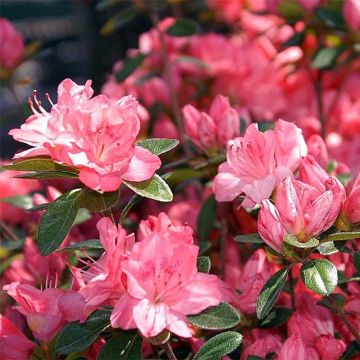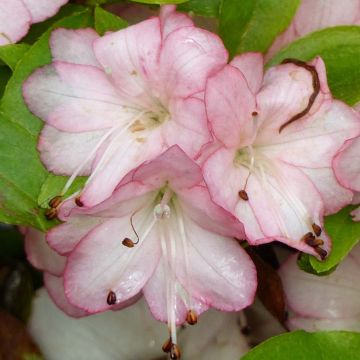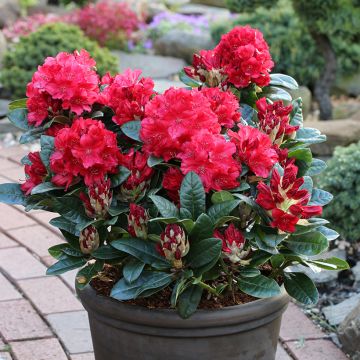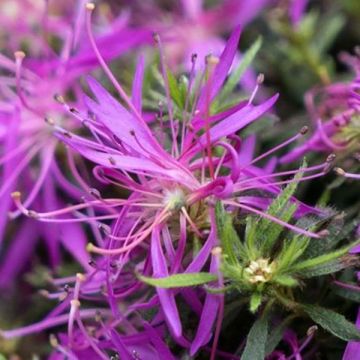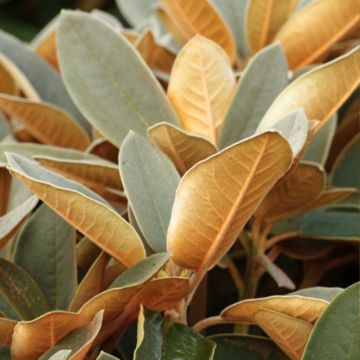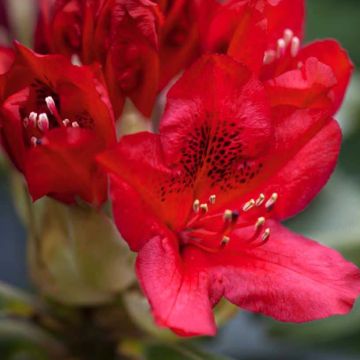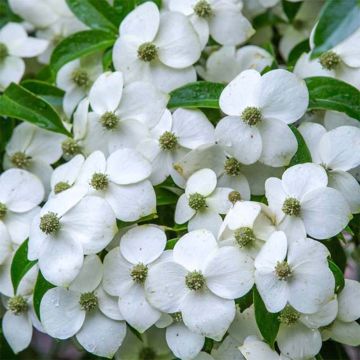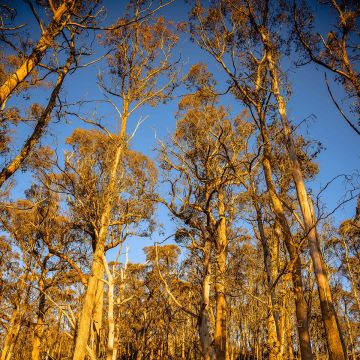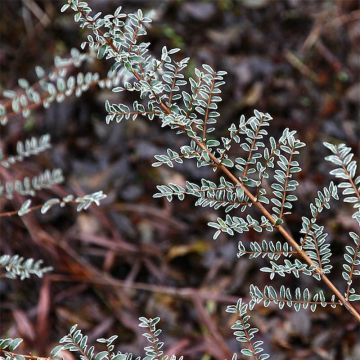Shipping country and language
Your country of residence may be:
Your country of residence is:
For a better user experience on our website, you can select:
Your shipping country:
Andorra
Austria
Belgium
Bulgaria
Canada
Chile
Croatia
Cyprus
Czechia
Denmark
Estonia
Finland
France
Germany
Greece
Hungary
Iceland
Ireland
Italy
Latvia
Lithuania
Luxembourg
Malta
Monaco
Netherlands
Poland
Portugal
Romania
Slovakia
Slovenia
Spain
Sweden
Switzerland
United Kingdom
We only deliver seed and bulb products to your country. If you add other products to your basket, they cannot be shipped.
Language:
French
German
Spanish
English
My Account
Hello
My wish lists
Plantfit
Log in / Register
Existing customer?
New customer?
Create an account to track your orders, access our customer service and, if you wish, make the most of our upcoming offers.
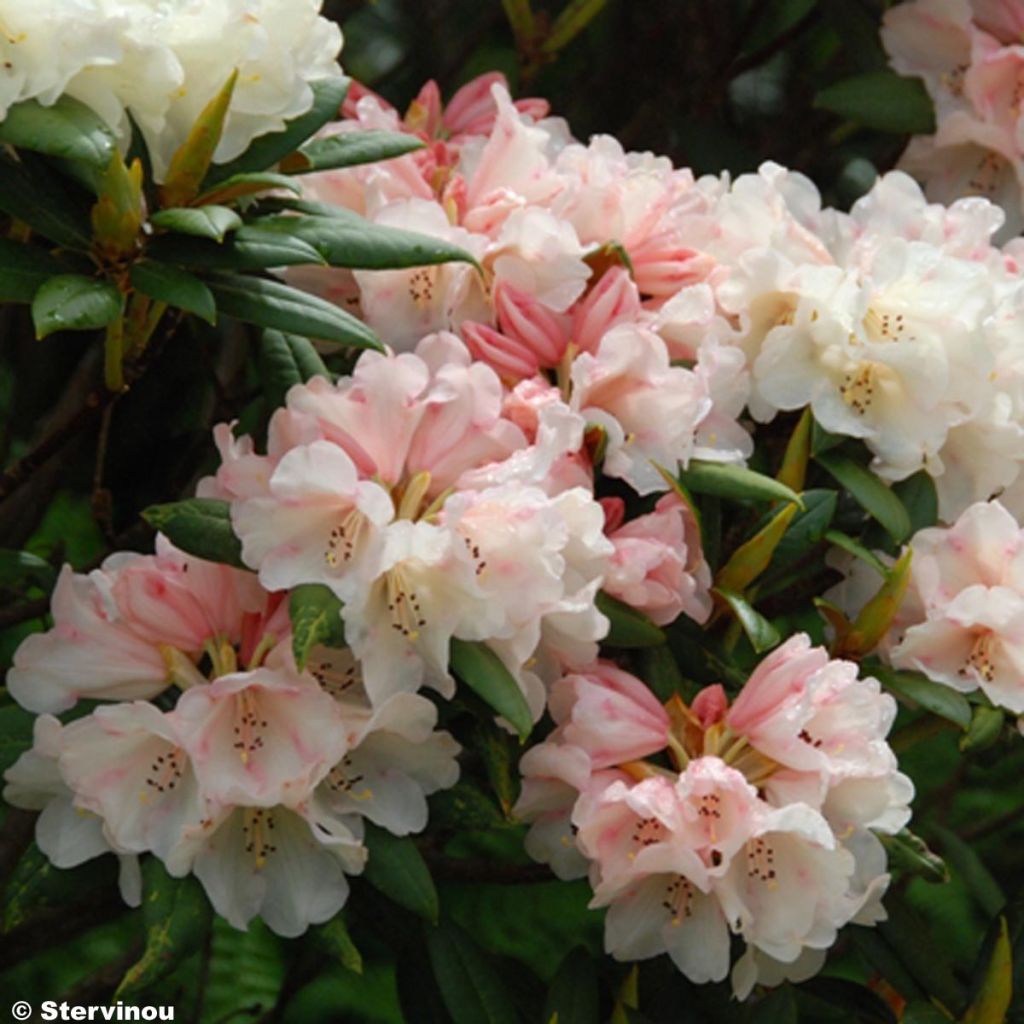

Rhododendron yakushimanum Grumpy
Rhododendron yakushimanum Grumpy
Rhododendron yakushimanum Grumpy
Yakushima Rhododendron, Yakushimanum Rhododendron
Fast delivery. Very careful packaging. Young plant well developed, visibly very healthy (with many buds). Thank you very much.
Françoise, 08/03/2020
Why not try an alternative variety in stock?
View all →Order in the next for dispatch today!
Dispatch by letter from €3.90.
Delivery charge from €5.90 Oversize package delivery charge from €6.90.
More information
This item is not available in your country.
Schedule delivery date,
and select date in basket
This plant carries a 24 months recovery warranty
More information
We guarantee the quality of our plants for a full growing cycle, and will replace at our expense any plant that fails to recover under normal climatic and planting conditions.
From €5.90 for pickup delivery and €6.90 for home delivery
Express home delivery from €8.90.

Does this plant fit my garden?
Set up your Plantfit profile →
Description
Rhododendron 'Grumpy' is a hybrid of the Japanese species yakushimanum, from which it inherited its compact habit, abundant flowering, and robustness. It is a dwarf evergreen bush that is easy to cultivate and maintain. It will surprise you with its spring flowering in delicate shades of pale pink, salmon orange, and creamy yellow.
Derived from the cross between Rhododendron yakushimanum and an unknown hybrid, the Rhododendron 'Grumpy' forms a dense bush with a slightly spreading rounded habit, reaching 80cm (32in) in height and 120cm (47in) in width at maturity. Its matte green elliptical leaves provide good coverage. They have a very fuzzy brown underside. In May, its abundant flowering grouped in corymbs consists of beautiful large salmon orange flowers in bud, which open to pale pink tinged with cream while retaining a darker pink underside.
Like all yakushimanum hybrids, affectionately nicknamed "yak rhodos" by specialists, the Rhododendron 'Grumpy' is hardy down to -15°C (5°F) or even -20°C (-4°F). Although they prefer partial shade, these hybrids tolerate the sun as long as it is not scorching and their base remains moist, for example, covered by ground covers (heathers, Canadian Dogwood, etc.). Slow-growing, this acid-loving bush prefers moist, light, and well-drained soils with a tendency towards acidity or neutrality, as yak rhododendrons are also quite tolerant of soil types.
Unjustly named 'Grumpy', in reference to the seven dwarfs, it will easily adorn a small shaded area of the garden and brighten it up with its vibrant spring flowering without grumbling! Plant it alongside ferns, Pieris, heathers, Kalmias, Azaleas, Japanese Maples, or other rhododendrons from the same group to create spectacular spring flower kaleidoscopes.
Rhododendron yakushimanum Grumpy in pictures


Plant habit
Flowering
Foliage
Botanical data
Rhododendron
yakushimanum
Grumpy
Ericaceae
Yakushima Rhododendron, Yakushimanum Rhododendron
Cultivar or hybrid
Other Small Rhododendron
Planting and care
Plant the Rhododendron yakushimanum 'Grumpy' in a semi-shaded position, protected from cold and drying winds, in a moist, humus-rich, and light soil, with a tendency towards acidity or neutrality. Like all plants of the heath family, it does not tolerate limestone soils or heavy soils saturated with water in winter. If the soil remains moist in summer, this rhododendron can also tolerate non-burning sun exposure.
Dig a hole with a volume three times larger than the pot. Soak the root ball in non-limestone water and plant the bush at the level of the collar, in a mixture composed of leaf compost, gravel or pumice, and loam. Water generously and keep the soil moist in summer. Azaleas and Rhododendrons have a shallow root system. Therefore, they are sensitive to long periods of drought. That's why it is advisable to have humus-enriched soil and to water abundantly during drought periods. Moreover, this root system is not very strong, which is why it is essential to lighten heavy soils with draining materials (gravel, pumice, clay pellets) during planting. Place a mulch of shredded pine bark at the base of the bush every spring to keep the soil cool while maintaining an acidic pH.
Maintenance consists of cutting off faded flowers in summer and removing dead branches. Azaleas and Rhododendrons can sometimes be attacked by weevils that eat the edges of leaves and rootlets, as well as the famous "rhododendron beetle" which does not often cause severe damage. Effective biological solutions are available today against weevils. Yellowing of the leaves (chlorosis) in Rhododendrons indicates poor assimilation of iron from the soil and causes premature death of the plant. While limestone is often the cause, poorly drained soil or a deeply planted root ball can also explain the phenomenon.
Planting period
Intended location
Care
- , onOrder confirmed
Reply from on Promesse de fleurs
Evergreen shrubs
Haven't found what you were looking for?
Hardiness is the lowest winter temperature a plant can endure without suffering serious damage or even dying. However, hardiness is affected by location (a sheltered area, such as a patio), protection (winter cover) and soil type (hardiness is improved by well-drained soil).

Photo Sharing Terms & Conditions
In order to encourage gardeners to interact and share their experiences, Promesse de fleurs offers various media enabling content to be uploaded onto its Site - in particular via the ‘Photo sharing’ module.
The User agrees to refrain from:
- Posting any content that is illegal, prejudicial, insulting, racist, inciteful to hatred, revisionist, contrary to public decency, that infringes on privacy or on the privacy rights of third parties, in particular the publicity rights of persons and goods, intellectual property rights, or the right to privacy.
- Submitting content on behalf of a third party;
- Impersonate the identity of a third party and/or publish any personal information about a third party;
In general, the User undertakes to refrain from any unethical behaviour.
All Content (in particular text, comments, files, images, photos, videos, creative works, etc.), which may be subject to property or intellectual property rights, image or other private rights, shall remain the property of the User, subject to the limited rights granted by the terms of the licence granted by Promesse de fleurs as stated below. Users are at liberty to publish or not to publish such Content on the Site, notably via the ‘Photo Sharing’ facility, and accept that this Content shall be made public and freely accessible, notably on the Internet.
Users further acknowledge, undertake to have ,and guarantee that they hold all necessary rights and permissions to publish such material on the Site, in particular with regard to the legislation in force pertaining to any privacy, property, intellectual property, image, or contractual rights, or rights of any other nature. By publishing such Content on the Site, Users acknowledge accepting full liability as publishers of the Content within the meaning of the law, and grant Promesse de fleurs, free of charge, an inclusive, worldwide licence for the said Content for the entire duration of its publication, including all reproduction, representation, up/downloading, displaying, performing, transmission, and storage rights.
Users also grant permission for their name to be linked to the Content and accept that this link may not always be made available.
By engaging in posting material, Users consent to their Content becoming automatically accessible on the Internet, in particular on other sites and/or blogs and/or web pages of the Promesse de fleurs site, including in particular social pages and the Promesse de fleurs catalogue.
Users may secure the removal of entrusted content free of charge by issuing a simple request via our contact form.
The flowering period indicated on our website applies to countries and regions located in USDA zone 8 (France, the United Kingdom, Ireland, the Netherlands, etc.)
It will vary according to where you live:
- In zones 9 to 10 (Italy, Spain, Greece, etc.), flowering will occur about 2 to 4 weeks earlier.
- In zones 6 to 7 (Germany, Poland, Slovenia, and lower mountainous regions), flowering will be delayed by 2 to 3 weeks.
- In zone 5 (Central Europe, Scandinavia), blooming will be delayed by 3 to 5 weeks.
In temperate climates, pruning of spring-flowering shrubs (forsythia, spireas, etc.) should be done just after flowering.
Pruning of summer-flowering shrubs (Indian Lilac, Perovskia, etc.) can be done in winter or spring.
In cold regions as well as with frost-sensitive plants, avoid pruning too early when severe frosts may still occur.
The planting period indicated on our website applies to countries and regions located in USDA zone 8 (France, United Kingdom, Ireland, Netherlands).
It will vary according to where you live:
- In Mediterranean zones (Marseille, Madrid, Milan, etc.), autumn and winter are the best planting periods.
- In continental zones (Strasbourg, Munich, Vienna, etc.), delay planting by 2 to 3 weeks in spring and bring it forward by 2 to 4 weeks in autumn.
- In mountainous regions (the Alps, Pyrenees, Carpathians, etc.), it is best to plant in late spring (May-June) or late summer (August-September).
The harvesting period indicated on our website applies to countries and regions in USDA zone 8 (France, England, Ireland, the Netherlands).
In colder areas (Scandinavia, Poland, Austria...) fruit and vegetable harvests are likely to be delayed by 3-4 weeks.
In warmer areas (Italy, Spain, Greece, etc.), harvesting will probably take place earlier, depending on weather conditions.
The sowing periods indicated on our website apply to countries and regions within USDA Zone 8 (France, UK, Ireland, Netherlands).
In colder areas (Scandinavia, Poland, Austria...), delay any outdoor sowing by 3-4 weeks, or sow under glass.
In warmer climes (Italy, Spain, Greece, etc.), bring outdoor sowing forward by a few weeks.
